Dentition in Indian Terrestrial Mammals
From the introduction: The lower jaw of mammals, composed of only a single pair of bones, the dentaries’ which articulate directly with the cranium, is unique among vertebrates. On the other hand, dentary is only one of several bones in the lower jaw, and is usually does not articulate directly with the cranium in other vertebrates. The presence of an articulation between the dentary and squamosal is one of the characteristic features used to define Mammalia. Mammalian teeth are more diverse and complicated than other vertebrates as their diet is varied. Because of feeding variations, they exhibit great diversity in number, type, size, and shape of teeth (Wilson and Mittermeier, 2009). Many extinct mammals are discovered from fossilized teeth (Feldhamer et al,2007). The morphology of cheek teeth (premolars and molars) is one of the most important character for identification of mammals. For instance, the taxonomic studies of rodents particularly the Family Muridae needs a detailed knowledge on morphology of cheek teeth (Martin et al. 2011). The total number if teeth in any species remains constant but varies between species (Wilson and Mittermeier,2009, Martin et al., 2001). Thus teeth have been considered as significant tools in classification and identification of mammals.
Contents: 1. Introduction. 2. Dental formula. 3. Proboscidea. 4. Perissodactyla. 5. Carnivora. 6. Artiodactyla. 7. Primates. 8. Lagomorpha. 9. Pholidota. 10. Scandentia. 11. Eulipotyphla. 12. Chiroptera. 13. Rodentia. 14. Interesting features of the dental morphology of Indian mammals. Dental formula of Indian terrestrial mammals. References.
Get it now and save 10%
BECOME A MEMBER
-
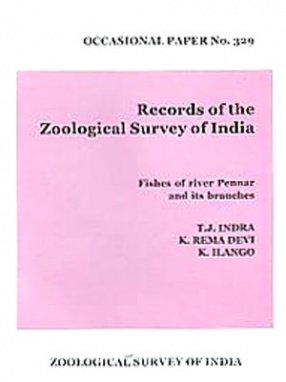
Records of the Zoological Survey of India: Fishes of River Pennar and its Branches
-
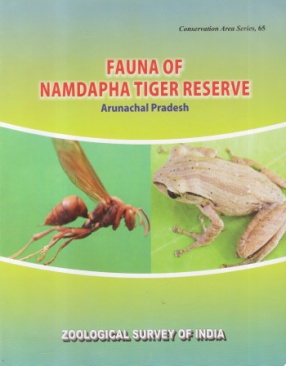
Fauna of Namdapha Tiger Reserve Arunachal Pradesh
-
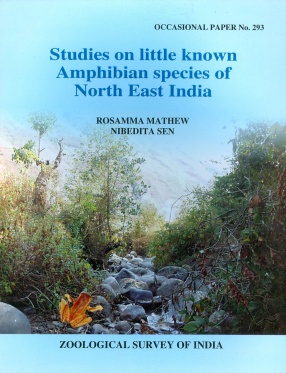
Studies on Little Known Amphibian Species of North East India
-

Contributions to the Knowledge of the Bark and Timber Beetles (Scolytidae: Coleoptera) of the Andaman and Nicobar Islands

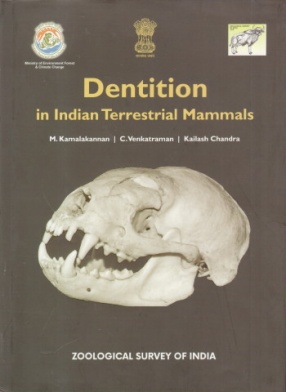
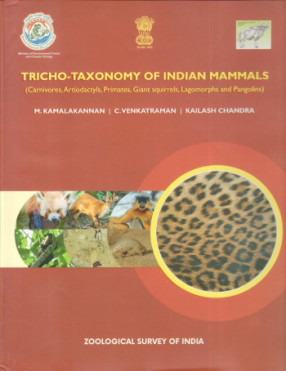
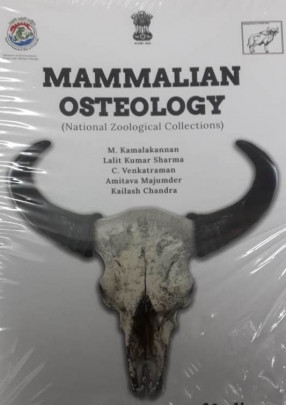

Bibliographic information